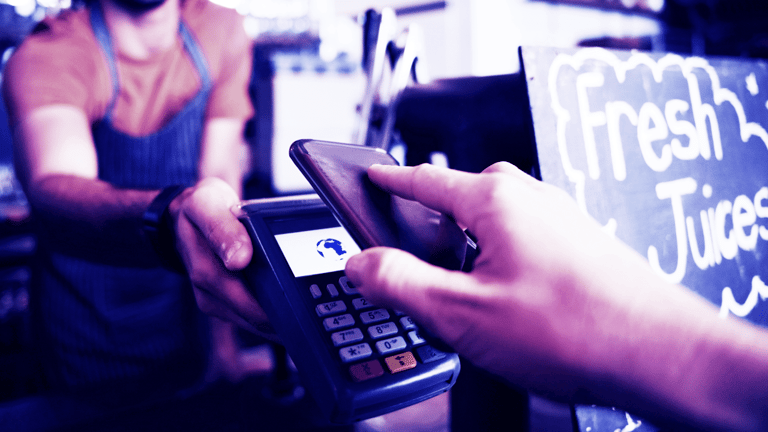
By Paymentology

Banks and financial institutions that haven’t yet launched a mobile wallet solution can’t afford to hang around. The convenience and utility mobile wallets offer to customers far exceeds that offered by physical cards, and with competitors already marketing their own solutions, banks that don’t have their own mobile wallet product face losing out. If you need a quick recap on this topic, we’ve already explained why mobile wallets are so popular in a separate blog, and defined the different types of mobile wallets.
Here, we’ll outline the different features and requirements of a mobile wallet. And if you want to go into even greater detail, you can also explore Paymentology’s in-depth guide to mobile wallets to find out more.
Tokenisation is a mandatory requirement for both OEM and Issuer mobile wallets. This process is necessary to digitise cards for use in a wallet. Payment tokenisation is a security technology where sensitive card information is replaced with a unique digital identifier – a token – to process payments without the need to expose card data. All major payment schemes – Amex, Mastercard, and Visa – have tokenization systems in place.
Push provisioning simplifies and speeds up card issuance to digital wallets for the cardholder and helps wallet providers to acquire new customers. Rather than a lengthy authentication process and manually entering credentials, users can just push a button on their phone to activate their token. For OEM wallets, push provisioning is required, but for Issuer wallets it is merely a recommendation.
A token management platform is a requirement for Issuer wallets only. Tokens are created faster and more regularly than ordinary payment cards. The growing number of tokens will be challenging for wallet providers to keep track of. Therefore, they need to implement a third-party platform to help them manage token data for customer support purposes; this will also help them better understand user behaviour.
Digital cards are an optional feature for both OEM and Issuer-branded mobile wallets. These are a digital version of a physical payment card which can be viewed on a mobile app, for example. They supply all the information needed to conduct a payment, such as the PAN, expiry date, and CVV code, on websites that don't offer mobile wallet functionality.
Today's consumers expect to easily control all aspects of their daily lives in real-time, 24 hours a day, seven days a week. Consumer controls allow customers to manage their tokens on their own, from basic functions such as activating, suspending, and deleting a token, to more complex use cases such as defining how much money can be spent where, when, and how. Consumer controls are an optional feature for Issuer-branded wallets only.
We’ll talk you through the process of actually launching a mobile wallet solution in a future blog, but if you want to find out everything you need to know about mobile wallets right now, download Paymentology’s guide today.
And if your business is preparing to launch a mobile wallet solution and you want to tap into Paymentology’s expertise to guide you through this process, don’t hesitate to get in touch.
By Paymentology



